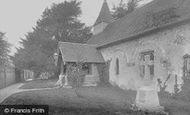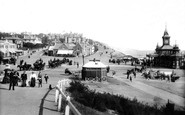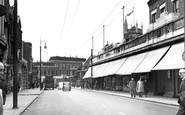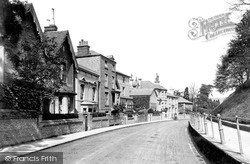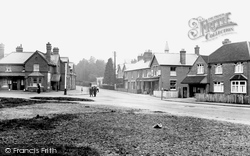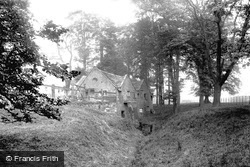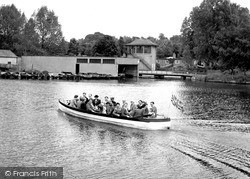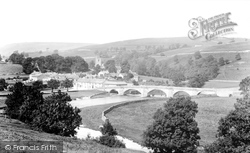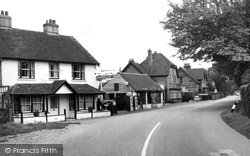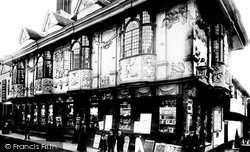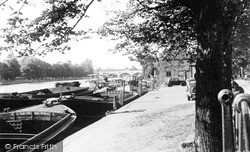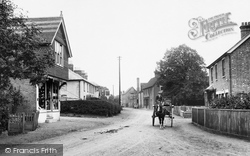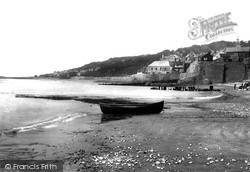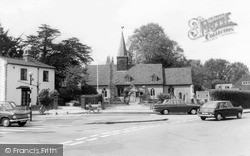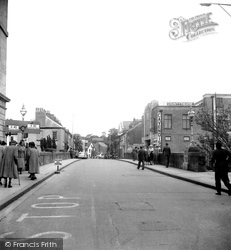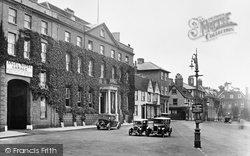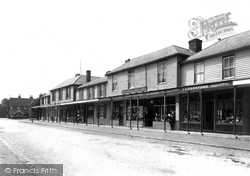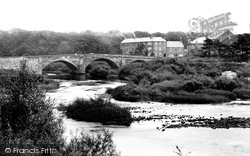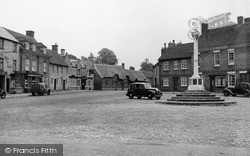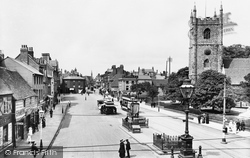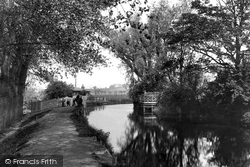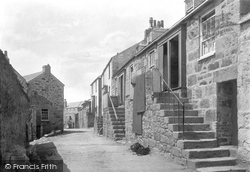Places
3 places found.
Those places high-lighted have photos. All locations may have maps, books and memories.
Photos
63 photos found. Showing results 1,541 to 63.
Maps
12 maps found.
Books
1 books found. Showing results 1,849 to 1.
Memories
7,556 memories found. Showing results 771 to 780.
Evacuation
I was evacuated about 1943. I can remember a field, I think of cauliflowers, opposite, and a bluebell wood somewhere at the bottom of the road. The people next door were called Ackridge(I don't know if that's spelt right), they had twins ...Read more
A memory of Cudworth in 1943 by
Netherthong In The First World War Part 3
Private John Henry Hoyle was born in Wilson Square in 1879 and he joined the Royal Welsh Fusiliers (Teacher Battalion) in January 1916. He was reported as missing and his body was found on March ...Read more
A memory of Netherthong by
My Memories Of Kirkheaton
Kirkheaton was such a great place to live, I went to infant school at the bottom of Fields Way (I lived on Fields Way till I was 19 years old), I also went to Kirkheaton C of E School and can remember most of the teachers ...Read more
A memory of Kirkheaton in 1956 by
Left And Forgotten
I am now 66 and my memory of beautiful Mile Oak is as clear today as it was 55 years ago. Sadly I was one of them naughty boys (as you villagers branded us). My crime was taking 2/6p off a windowsill back here in Folke stone, one ...Read more
A memory of Mile Oak in 1955 by
All Saints Church, Little Bookham
This church is called All Saints' Church. It is next to the Manor House School to which I attended in the early 1990s. I was christened at this church and this weekend I will be getting married here. The ...Read more
A memory of Little Bookham by
Drayton Jottings
Drayton Jottings. Auntie Alice, in Kings Avenue, regularly seen, out on her front doorstep, she kept it clean, the 'raddled' red stone was buffed to a shine, 'Old fashioned traditions', here continued,so fine. one day, from ...Read more
A memory of Market Drayton by
Holidays
I can remember coming into Diss station (1953 onwards) as if it was yesterday. I and my family came up from West Ewell, Surrey to stay with my aunt and uncle at Redgrave every year for our school summer holiday. My cousins and my sister Julie ...Read more
A memory of Diss by
My Dear Home Town Of Bournemouth
I was born there in 1928, in Boscombe Hospital, Bournemouth, and lived in Bournemouth till 1962. There is no where like Bournemouth, lovely beaches, stores, theatres, the Chines, and Shell Bay. An excursion to ...Read more
A memory of Bournemouth in 1940 by
Bearmans
Bearmans was the big department store on the site which is now occupied by the Coop or Leo's. I remember the toy department at Christmas was fantastic with an enormous model train layout in the centre of the floor which would take you ...Read more
A memory of Leytonstone in 1956
St Vincent Road
I lived at the bottom of St. Vincent Road, near to Temple Hill Estate and Bow Arrow Lane. We used to play in the fields and I remember Temple Hill Estate being built. I remember the air raids in the war and the bomb falling in ...Read more
A memory of Dartford in 1945 by
Captions
2,471 captions found. Showing results 1,849 to 1,872.
n Victorian times Dorking was still a very rural town with a wide market place in the centre. The shops displayed their wares to the elements.
n Victorian times Dorking was still a very rural town with a wide market place in the centre. The shops displayed their wares to the elements.
By the time this photograph was taken, Crowthorne was firmly established as a community, though the centre of the village really only dates back to the 1860s.
Dunham Mill dates back to the medieval period; it was one of only a handful of mills in this part of Cheshire.
The boating lake covered 30 acres. The smaller lake, for younger children, was separated from the larger one by a hump-backed bridge (K13007, pages 76-77).
In the distance is the parish church of St Wilfred's, which is noted for its Norse hog-back gravestones and a Norse font dating from the 11th century.
This was the main road through the village, before the advent of by-passes; we are looking back in the direction of Blackwater. This was the A327.
When this photograph was taken, the richly pargetted Ancient House, which dates back to medieval times, was occupied by Fred Pawsey, selling books and stationery.
Empty barges waiting to be towed back down the river are tied up at the embankment alongside the Portsmouth Road where it becomes the High Street.
Slough dates back to the 12th century, when it was a hamlet on the London to Bath road. The settlement later spread to the neighbouring parish of Stoke Poges.
On our way back to Camberley we arrive at the Dukes Head public house. Notice the telegraph poles supplying the new telephone system to those who could afford it.
The boating lake covered 30 acres. The smaller lake, for younger children, was separated from the larger one by a hump-backed bridge (K13007, pages 76-77).
Back Beach was the fiefdom of William Curtis & Sons, boatmen and fish merchants from nearby Long Entry on Church Cliffs. The spot was locally known as Curtis Cove.
The parish church dates back to the 14th century, with 16th-century additions from when the simple old building was enlarged.
Looking back across the bridge towards Salutation Square. The Cavendish County Theatre to the right has since been demolished and this area is now the site of the new County Offices.
Slough dates back to the 12th century, when it was a hamlet on the London to Bath road. The settlement later spread to the neighbouring parish of Stoke Poges.
This photograph was taken back in the days when an open space in a town did not have to be completely covered by cars! The Angel Hotel was immortalised in Dickens `Pickwick Papers`.
The photographer moved back down the road and caught the colonnade of shops, one of Hawkhurst's best known features; this is an early 19th-century shopping arcade with weatherboarded houses and cast-iron
Boroughbridge, to the southeast of Ripon, dates back to Norman times, when a bridge was constructed over the Ure. It was then known as Burgbridge, the borough on the bridge.
Time stands still on a summer's afternoon, with houses going back four hundred years placed all around the square. The market is still held here, and buyers and sellers come in from miles around.
St Mary's Butts is in the centre of Reading. The chequerboard flint and limestone tower of the church of St Mary's is a distinctive local landmark.
Dating back to the 18th century, the deed to each of these cottages restircts the householder to replacing the roof only with thatch, and further prescribes the method and colour of redecoration that may
Enjoying a stroll along the riverside path beside the Stour. Not far from here are some half-timbered houses dating back to the time when Sudbury was one of the most important weaving towns.
This view looks towards Back Road West. (St Ives' streets were often named with commendable simplicity).
Places (3)
Photos (63)
Memories (7556)
Books (1)
Maps (12)



